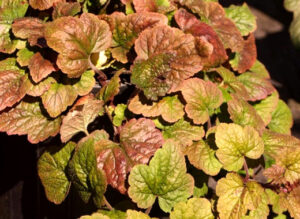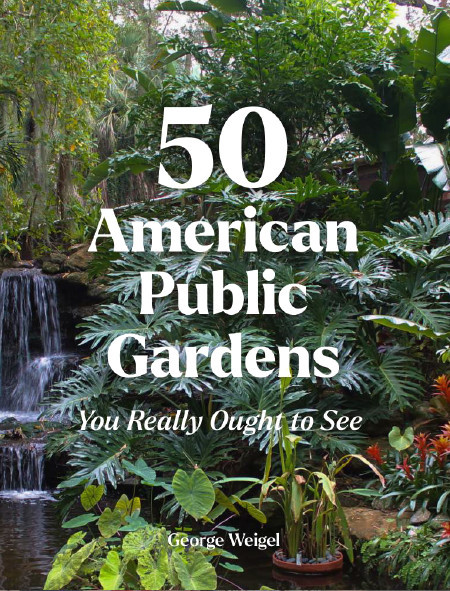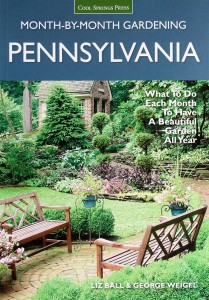Foamflower ‘Brandywine’
* Common name: Foamflower ‘Brandywine’

Foamflower ‘Brandywine’ foliage.
Credit: Pa. Horticultural Society
* Botanical name: Tiarella cordifolia ‘Brandywine’
* What it is: This is a variety of our eastern-U.S.-native perennial foamflower that was developed by the late Sinclair Adam Jr. at Dunvegan Nursery before he became director of the Penn State Trial Gardens. It was part of his strong-growing Pennsylvania River series (Susquehanna, Lehigh, Octoraro, etc.)
This particular one has glossy green leaves with red veining and long-lasting white bottle-brush flowers in April that are attractive to early-season pollinators. It’s a semi-evergreen perennial with bronze winter foliage.
‘Brandywine’ is regarded as the best of the River series and won a 2024 Pennsylvania Horticultural Society Gold Medal Award as deserving greater use in Pennsylvania yards.
* Size: 8 to 10 inches tall, 18 inches wide (spreads by short, well behaved runners).
* Where to use: Foamflowers grow best in damp, shaded, woodland conditions. In a landscape, they’re perfect along the front of a shade-garden border or along a northern house foundation. They also work well massed as a shady groundcover or mixed into woodland gardens.
Avoid hot, dry, full-sun sites and areas where plants would sit in wet clay soil over winter.
* Care: Keep plants consistently damp the first season, then water during hot summer spells if the soil goes dry and leaves show signs of wilting.
Scatter compost or a balanced organic granular fertilizer over the bed in early spring. Snip off flower stems after bloom. Cut browned-out leaves at end of winter, but don’t cut into the crowns (the fleshy part just above the ground where the leaves emerge).
Plants can be dug and divided in early spring or early fall if desired, but division usually isn’t required. Foamflowers seldom run into pest or disease issues, and deer usually let them alone.
* Great partner: Sedges and Japanese forest grass offer spiky foliage contrast to the more rounded leaves of foamflowers. ‘Brandywine’ also would look good fronting or ringing hydrangeas, boxwoods, or leucothoe (shrubs that like similar planting sites).







